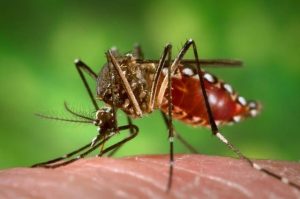Using CRISPR to combat human disease vectors
Omar Akbari
University of California, San Diego, USA
Insects act as vectors for diseases of plants, animals and humans. Replacement of wild insect populations with genetically modified individuals unable to transmit disease provides an environmentally friendly, sustainable and self-perpetuating method for disease prevention. However, transgenes that mediate disease refractoriness are unlikely to confer an overall fitness benefit on insects that carry them. Additionally, wild populations are large, partially reproductively isolated, and dispersed over wide areas. Therefore, population replacement requires a gene drive mechanism in order to spread linked genes mediating disease refractoriness through wild populations at greater than Mendelian frequencies. To address this problem, we previously reported on the creation of several synthetic selfish genetic elements able to drive population replacement in Drosophila melanogaster. Here, I plan to describe the genetic behavior of a CRISPR-based approach of using engineered reciprocal translocations to spread desirable genes into populations. I will include current progress and future plans for the development and application of this approach in mosquitoes. Moreover, I will also describe the development of homing-based gene drive systems and a novel precision guided Sterile Insect Technique (pgSIT) both developed using CRISPR to control the global disease vector Aedes aegypti.










You must be logged in to post a comment.